While Sojourner Truth and Harriet Tubman may be among the most recognized 19th-century black women activists, a recent photography digitization project at the Library of Congress (LOC) spotlights some lesser-known figures. Images of women like Josephine A. Silone Yates, who studied chemistry and was one of the first black teachers at Lincoln University in Jefferson City, Missouri, and educator Fannie Barrier Williams, who advocated for black involvement in the 1893 World’s Columbian Exposition, are among the rare photographs in the collection of William Henry Richards.
[mc4wp_form id=”6042″]
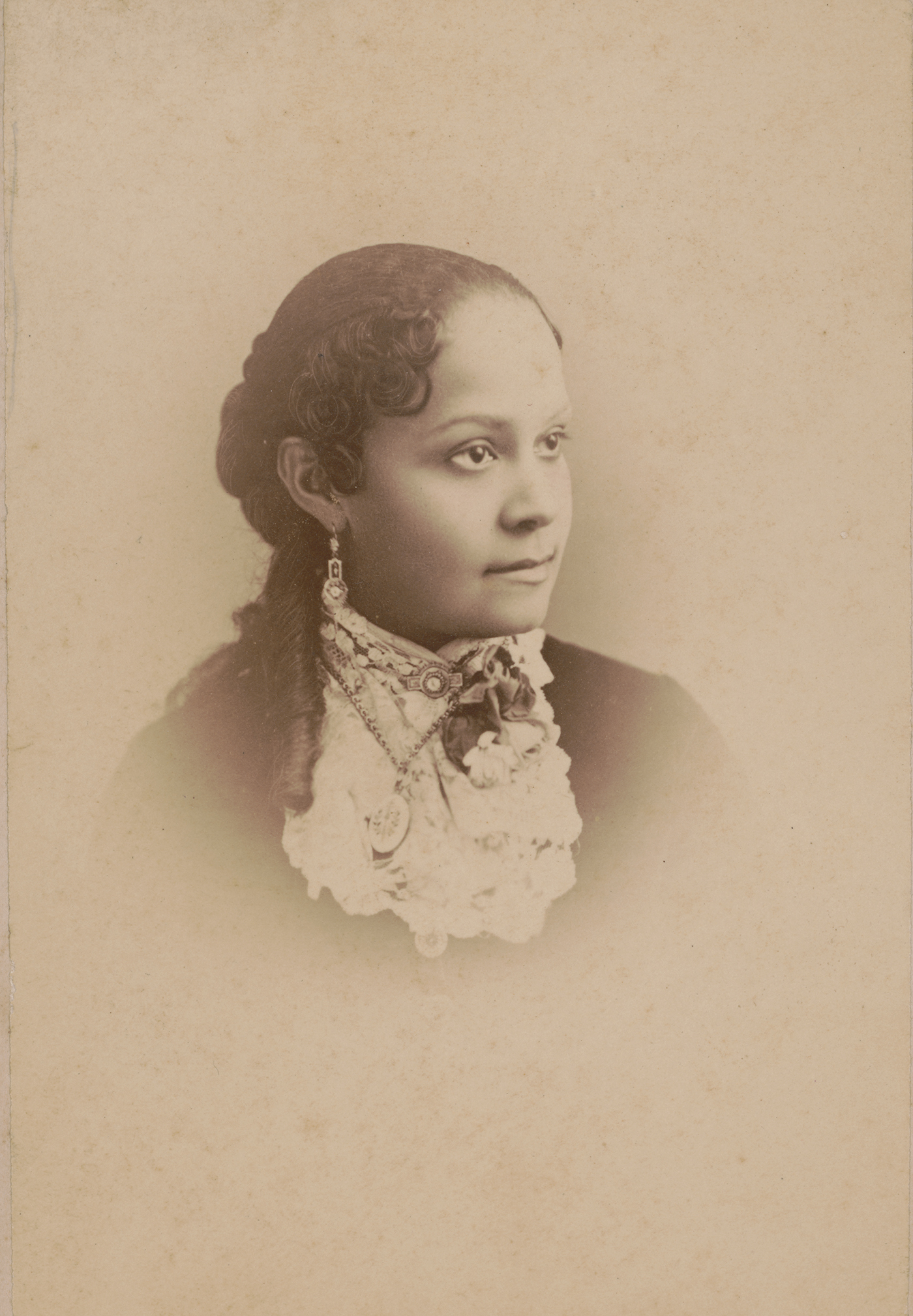 Bust portrait of educator and activist, Fannie Barrier Williams | Paul Tralles (Washington, DC, 1885)
Bust portrait of educator and activist, Fannie Barrier Williams | Paul Tralles (Washington, DC, 1885)
 Hallie Quinn Brown, educator and activist (Ohio, 1875–88) | Courtesy William Henry Richards Collection, Library of Congress Prints and Photographs Division
Hallie Quinn Brown, educator and activist (Ohio, 1875–88) | Courtesy William Henry Richards Collection, Library of Congress Prints and Photographs Division
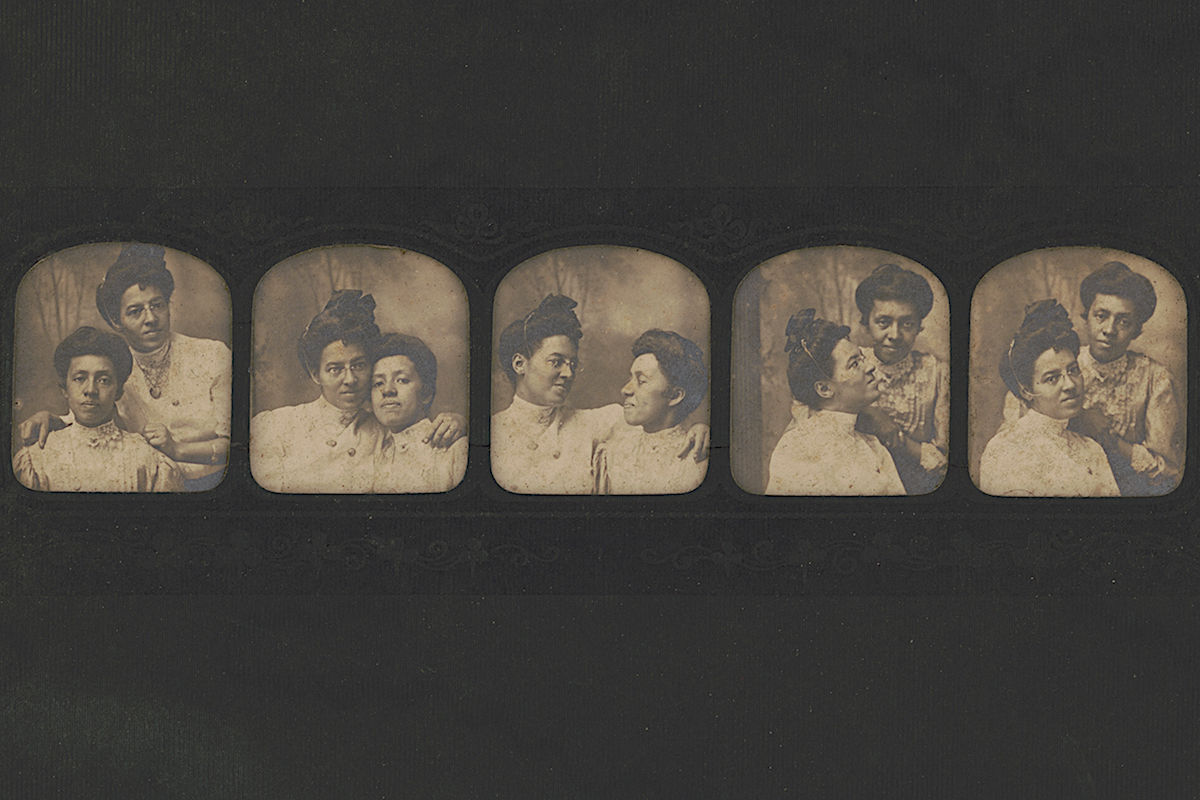 Educator and activist Elizabeth Brooks posing with singer and activist Emma Hackley | Courtesy William Henry Richards Collection, Library of Congress Prints and Photographs Division
Educator and activist Elizabeth Brooks posing with singer and activist Emma Hackley | Courtesy William Henry Richards Collection, Library of Congress Prints and Photographs Division
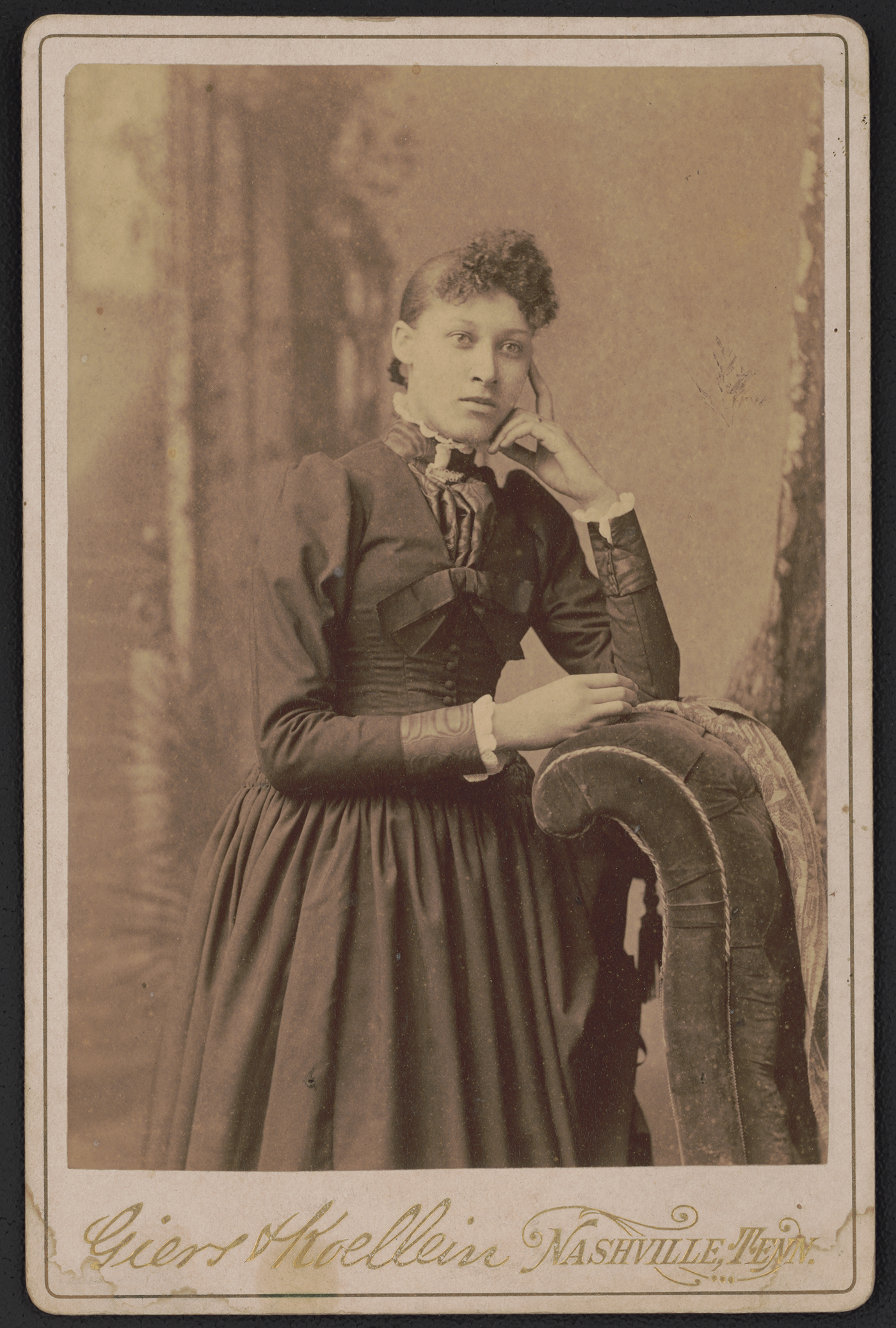 Portrait of journalist Lillian Parker Thomas | Courtesy William Henry Richards Collection, Library of Congress Prints and Photographs Division
Portrait of journalist Lillian Parker Thomas | Courtesy William Henry Richards Collection, Library of Congress Prints and Photographs Division
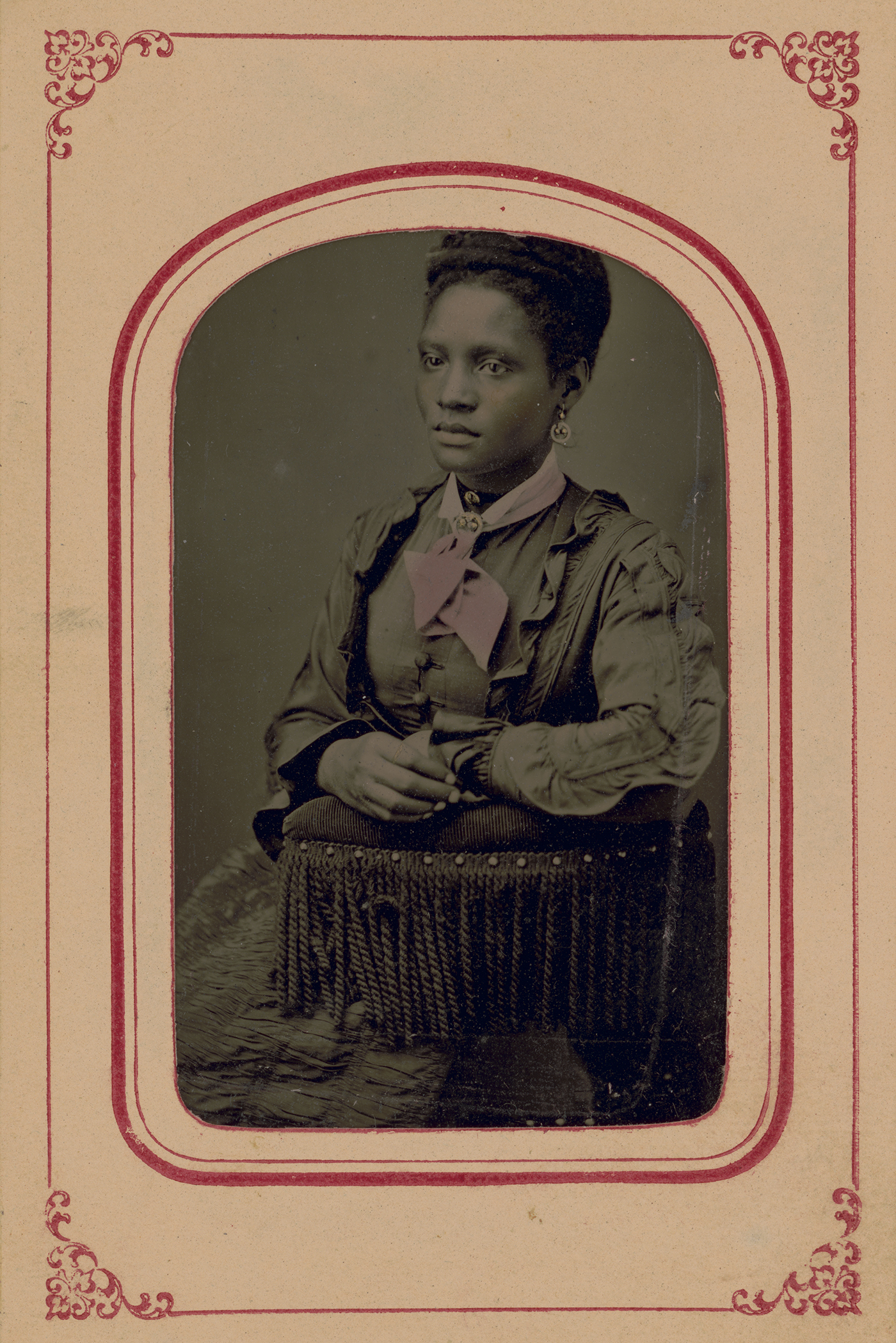 Portrait of educator Laura A. Moore Westbook (1873) | Courtesy William Henry Richards Collection, Library of Congress Prints and Photographs Division
Portrait of educator Laura A. Moore Westbook (1873) | Courtesy William Henry Richards Collection, Library of Congress Prints and Photographs Division
The Library of Congress (“LOC”) is the research library that officially serves the United States Congress and is the de facto national library of the United States. It is the oldest federal cultural institution in the United States. The Library is housed in three buildings on Capitol Hill in Washington, D.C.; it also maintains the Packard Campus in Culpeper, Virginia, which houses the National Audio-Visual Conservation Center.
The Library of Congress claims to be the largest library in the world. Its “collections are universal, not limited by subject, format, or national boundary, and include research materials from all parts of the world and in more than 450 languages. Two-thirds of the books it acquires each year are in languages other than English.”
The Library of Congress moved to Washington in 1800, after sitting for eleven years in the temporary national capitals of New York (New York City) and Philadelphia. John J. Beckley, who became the first Librarian of Congress, was paid two dollars per day and was required to also serve as the Clerk of the House of Representatives. (Wikipedia).

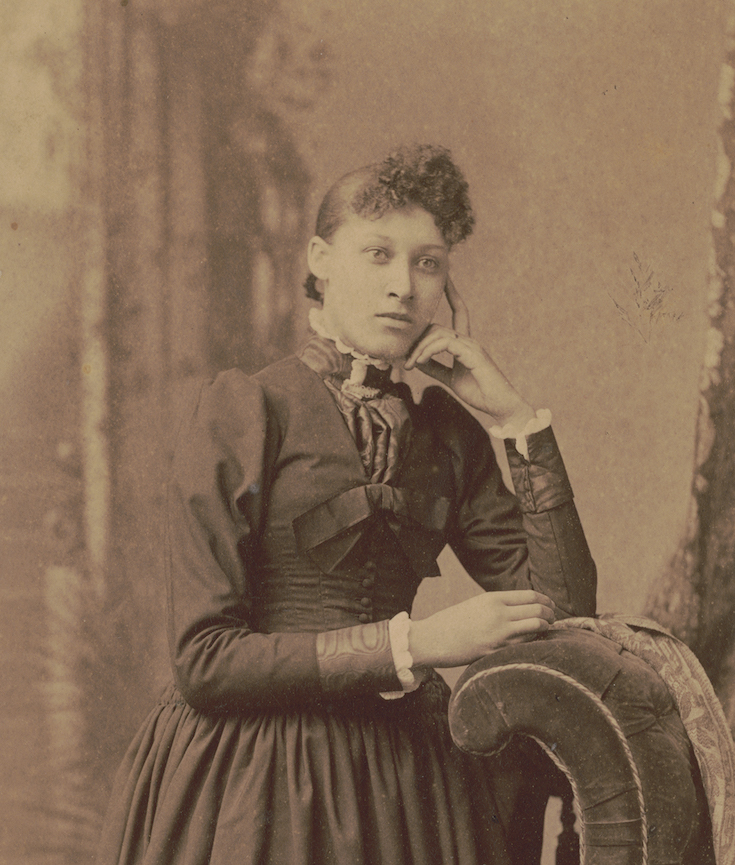
You must be logged in to post a comment.